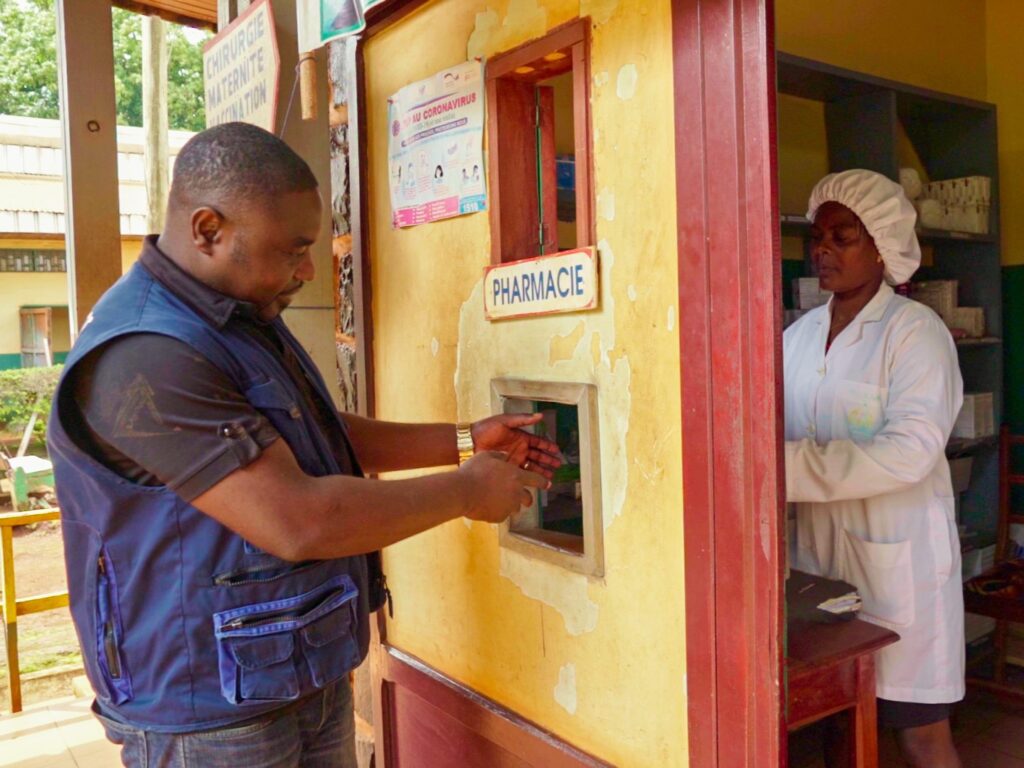Lessons Learned from Option B+ in the Evolution toward Test and Start from Malawi, Cameroon, and the United Republic of Tanzania
Lessons Learned from Option B+ in the Evolution toward Test and Start from Malawi, Cameroon, and the United Republic of Tanzania
Abstract
The acceleration of prevention of mother-to-child transmission (PMTCT) activities, coupled with the rollout of 2010 World Health Organization (WHO) guidelines, led to important discussions and innovations at global and country levels. One paradigm-shifting innovation was Option B+ in Malawi. It was later included in WHO guidelines and eventually adopted by all 22 Global Plan priority countries. This article presents Malawi’s experience with designing and implementing Option B+ and provides complementary narratives from Cameroon and Tanzania. Malawi’s HIV program started in 2002, but by 2009, the PMTCT program was lagging far behind the antiretroviral therapy (ART) program because of numerous health system challenges. When WHO recommended Option A and Option B for PMTCT in 2010, it was clear that Malawi’s HIV program would not be able to successfully implement either option without increasing existing barriers to PMTCT services and potentially decreasing women’s access to care. Subsequent stakeholder discussions led to the development of Option B+. Operationalizing Option B+ required several critical considerations, including the complete integration of ART and PMTCT programs, systematic reduction of barriers to facilitate doubling the number of ART sites in less than a year, building consensus with stakeholders, and securing additional resources for the new program. During the planning and implementation process, several lessons were learned which are considerations for countries transitioning to “treat-all”: Comprehensive change requires effective government leadership and coordination; national clinical guidelines must accommodate health system limitations; ART services and commodities should be decentralized within facilities; the general public should be well informed about major changes in the national HIV program; and patients should be educated on clinic processes to improve program monitoring.


